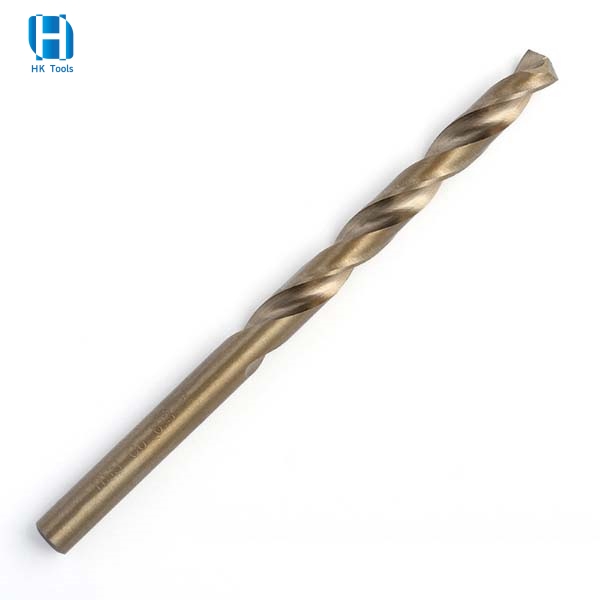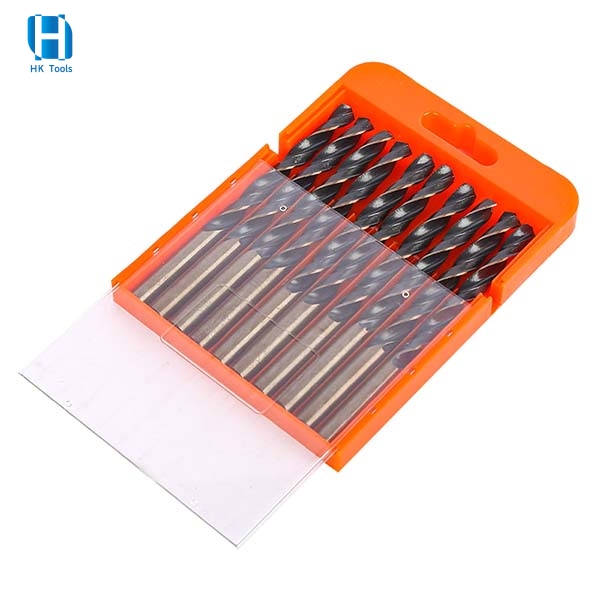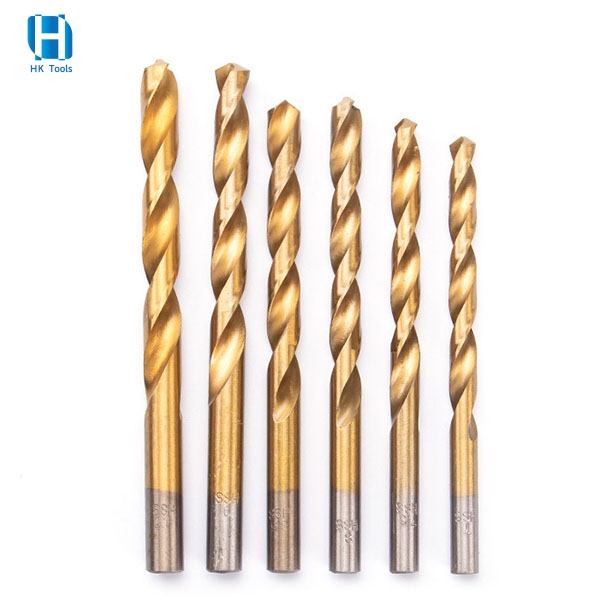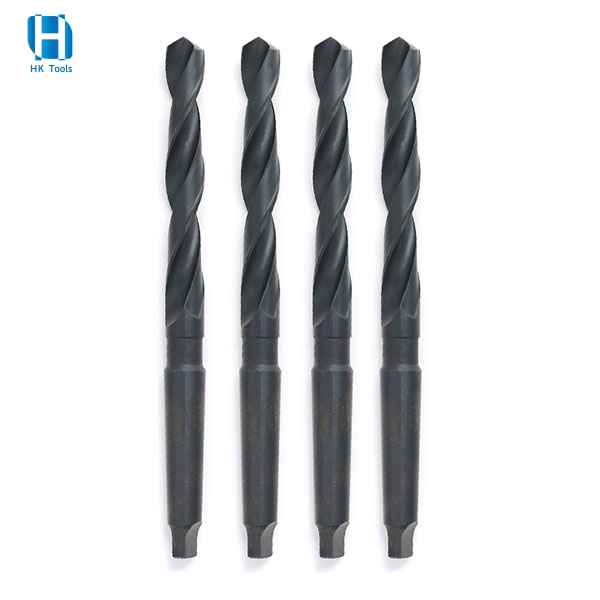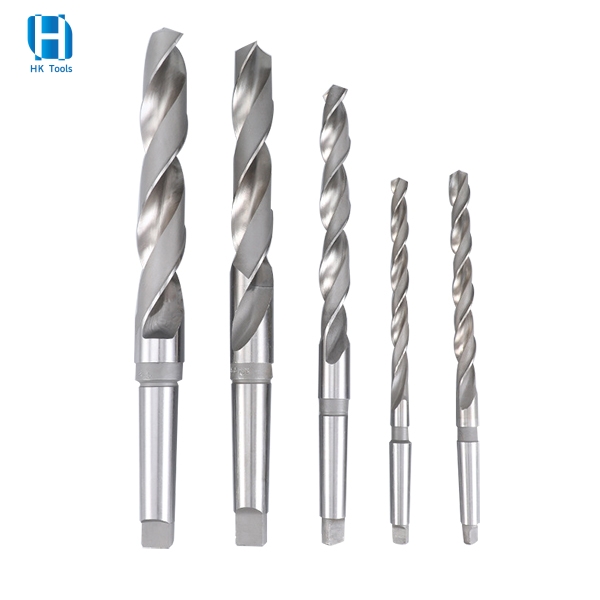How to Grind Twist Drill Bit?
Twist drill bits are a common type of machining drilling tool. Although the twist drill bit has a simple structure, it is really not easy to sharpen. Next, let's learn what to pay attention to.
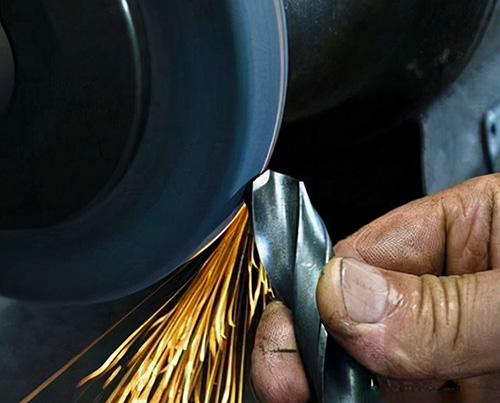
1. Make sure the tip of the blade is facing the axis, and the two sides are symmetrical, then slowly trim.
Grind one side first, then the other side, and make sure the edge is in the middle of the axis, and the edges on both sides are symmetrical. Make sure the back angle is ground appropriately, the back angle of the blade is generally 10-14 degrees, the drill tip is centered, the two edges are symmetrical when drilling, the chip removal is light, the drill bit has no vibration, and the hole diameter will not expand.
2. The axis of the drill should make an angle of 60 degrees with the surface of the twist drill wheel.
This angle (60 degrees) is the point angle of the drill, which directly affects the size of the top angle, the shape of the main edge and the angle of the chisel blade. This refers to the position of the axis in relation to the surface of the grinding wheel, which can be accurately seen at 60 degrees. The relative horizontal and angular positions should be noted before sharpening.
3. The cutting edge should swing up and down, and the tail of the drill bit should not be tilted.
This is a standard action for drill grinding. The main cutting edge should swing up and down on the grinding wheel, that is, the hand holding the front of the drill should make the drill bit swing up and down on the grinding wheel surface evenly. However, the hand holding the handle cannot swing, and the rear handle must be prevented from tilting upward, i.e. the tail of drill bit must not be tilted above the horizontal centerline of the grinding wheel, otherwise, the cutting edge will be blunt and unable to cut. This is the most key step. Whether the drill bit is worn well or not, it has a lot to do with this step. When the grinding is about to end, you should start from the cutting edge and gently rub the back corner to make the back blade smoother.
4. After sharpening both edges, for large diameter drills, you should also pay attention to sharpening the tip.
After sharpening both edges, there will be a plane at the tip, which affects the center positioning of the drill. Therefore, the back angle of the tip should be chamfered to minimize the plane. The method is to stand the drill upright, align it with the angle of the grinding wheel, and make a small groove at the back root of the tip to make it close to the tip. This is also the key point of centering and light cutting. Note that when trimming the tip chamfer, the main cutting edge must not be worn out, which will increase the front angle and directly affect the drilling.
5. The tip should be flush with the grinding wheel surface
Before sharpening, the main cutting edge and the grinding wheel surface must be placed on a horizontal plane, that is, when the tip contacts the grinding wheel surface, the entire edge must be ground flat. This is the first step in the relative position of the drill and the grinding wheel. After the position is set, slowly lean against the grinding wheel surface.
6. Grind from the cutting edge to the back.
After the cutting edge contacts the grinding wheel, grind from the main cutting edge backwards, that is, the cutting edge contacts the grinding wheel first, and then slowly grinds down along the entire back blade surface. When the drill bit cuts in, it can lightly contact the grinding wheel, grind with a small amount first, observe the uniformity of the sparks, adjust the pressure on your hands in time, and pay attention to the cooling of the drill bit. Do not grind too deep, which will cause the cutting edge to discolor or anneal. When the edge temperature is found to be high, the drill bit should be cooled in time.
Post time: Oct-13-2023





